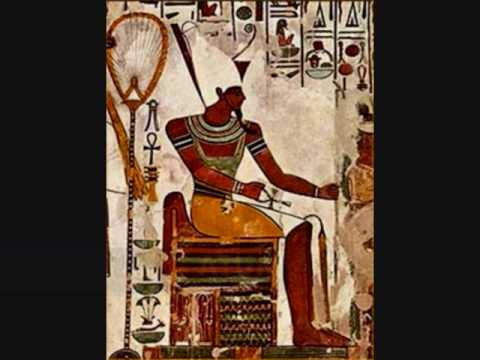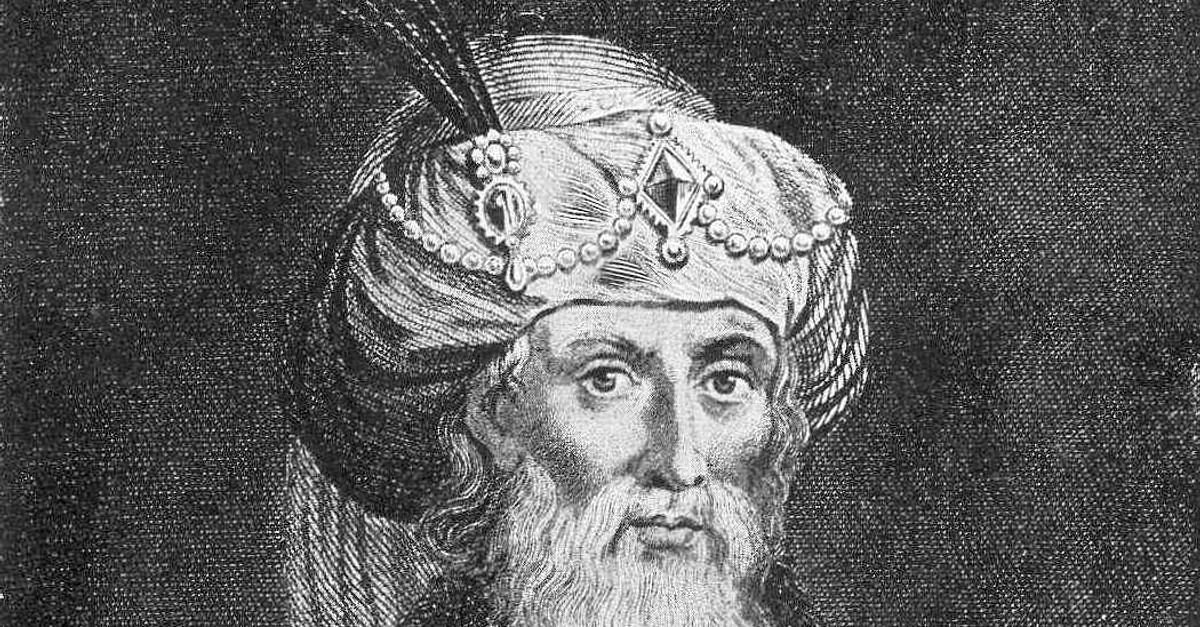Exactly what Khafre wanted the Sphinx to do for him or his kingdom is a matter of debate, but Lehner has theories about that, too, based partly on his work at the Sphinx Temple. Remnants of the temple walls are visible today in front of the Sphinx. They surround a courtyard enclosed by 24 pillars. The temple plan is laid out on an east-west axis, clearly marked by a pair of small niches or sanctuaries, each about the size of a closet. The Swiss archaeologist Herbert Ricke, who studied the temple in the late 1960s, concluded the axis symbolized the movements of the sun; an east-west line points to where the sun rises and sets twice a year at the equinoxes, halfway between midsummer and midwinter. Ricke further argued that each pillar represented an hour in the sun’s daily circuit.
Lehner spotted something perhaps even more remarkable. If you stand in the eastern niche during sunset at the March or September equinoxes, you see a dramatic astronomical event: the sun appears to sink into the shoulder of the Sphinx and, beyond that, into the south side of the Pyramid of Khafre on the horizon. “At the very same moment,” Lehner says, “the shadow of the Sphinx and the shadow of the pyramid, both symbols of the king, become merged silhouettes. The Sphinx itself, it seems, symbolized the pharaoh presenting offerings to the sun god in the court of the temple.” Hawass concurs, saying the Sphinx represents Khafre as Horus, the Egyptians’ revered royal falcon god, “who is giving offerings with his two paws to his father, Khufu, incarnated as the sun god, Ra, who rises and sets in that temple.”
Equally intriguing, Lehner discovered that when one stands near the Sphinx during the summer solstice, the sun appears to set midway between the silhouettes of the pyramids of Khafre and Khufu. The scene resembles the hieroglyph akhet, which can be translated as “horizon” but also symbolized the cycle of life and rebirth. “Even if coincidental, it is hard to imagine the Egyptians not seeing this ideogram,” Lehner wrote in the Archive of Oriental Research. “If somehow intentional, it ranks as an example of architectural illusionism on a grand, maybe the grandest, scale.”
If Lehner and Hawass are right, Khafre’s architects arranged for solar events to link the pyramid, Sphinx and temple. Collectively, Lehner describes the complex as a cosmic engine, intended to harness the power of the sun and other gods to resurrect the soul of the pharaoh. This transformation not only guaranteed eternal life for the dead ruler but also sustained the universal natural order, including the passing of the seasons, the annual flooding of the Nile and the daily lives of the people. In this sacred cycle of death and revival, the Sphinx may have stood for many things: as an image of Khafre the dead king, as the sun god incarnated in the living ruler and as guardian of the underworld and the Giza tombs.
But it seems Khafre’s vision was never fully realized. There are signs the Sphinx was unfinished. In 1978, in a corner of the statue’s quarry, Hawass and Lehner found three stone blocks, abandoned as laborers were dragging them to build the Sphinx Temple. The north edge of the ditch surrounding the Sphinx contains segments of bedrock that are only partially quarried. Here the archaeologists also found the remnants of a workman’s lunch and tool kit—fragments of a beer or water jar and stone hammers. Apparently, the workers walked off the job.
The enormous temple-and-Sphinx complex might have been the pharaoh’s resurrection machine, but, Lehner is fond of saying, “nobody turned the key and switched it on.” By the time the Old Kingdom finally broke apart around 2,130 B.C., the desert sands had begun to reclaim the Sphinx. It would sit ignored for the next seven centuries, when it spoke to a young royal.
According to the legend engraved on a pink granite slab between the Sphinx’s paws, the Egyptian prince Thutmose went hunting in the desert, grew tired and lay down in the shade of the Sphinx. In a dream, the statue, calling itself Horemakhet—or Horus-in-the-Horizon, the earliest known Egyptian name for the statue—addressed him. It complained about its ruined body and the encroaching sand. Horemakhet then offered Thutmose the throne in exchange for help.
Whether or not the prince actually had this dream is unknown. But when he became Pharaoh Thutmose IV, he helped introduce a Sphinx-worshiping cult to the New Kingdom (1550-1070 B.C.). Across Egypt, sphinxes appeared everywhere in sculptures, reliefs and paintings, often depicted as a potent symbol of royalty and the sacred power of the sun.
helpmewithbiblestudy.org


